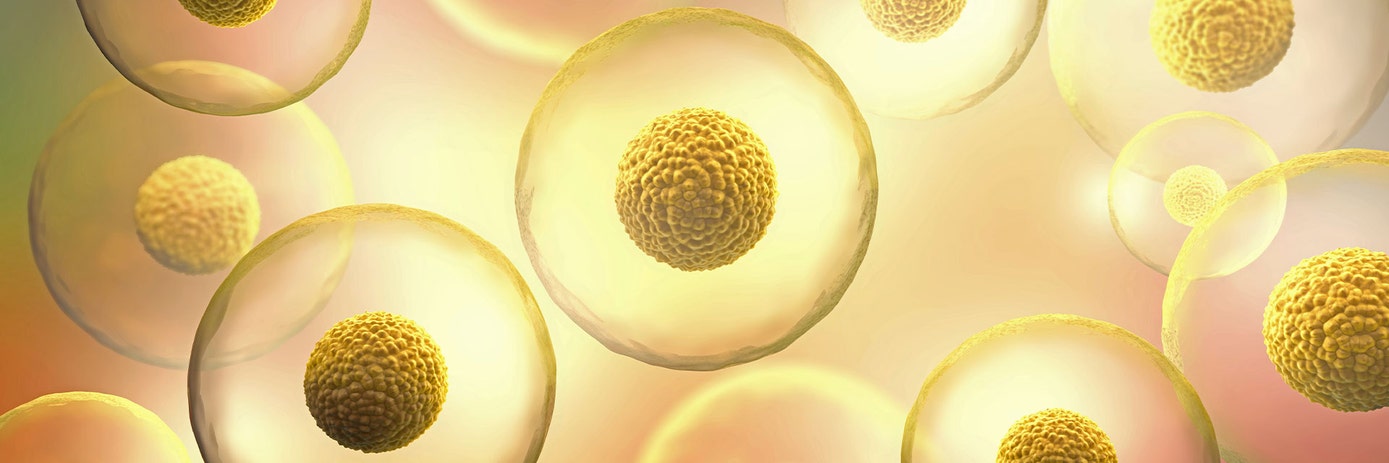

Advantages of using our automatable and no-wash HTRF and AlphaLISA kits for CHO HCP detection
Detecting and quantifying HCPs with automatable homogeneous immunoassays
During biotherapeutic manufacturing and production, the host cells - a great majority of them being Chinese Hamster Ovary (CHO) cells – produce protein impurities that are called Host Cell Proteins (HCPs). Even if more than 99% of them are removed from the final product, the residual CHO HCPs can induce immunogenicity in individuals or reduce the potency, stability, or effectiveness of a drug. Therefore, to meet regulatory organizations’ guidelines (such as FDA or EMA) on CHO HCP levels, biopharmaceutical companies spend significant amounts of money on tools and strategies for their detection.
Illustrated with robust results, this Application Note explains the many ways in which HTRF™ and AlphaLISA™ kits can improve the workflow for CHO HCP detection:
- Wide antibody coverage
- Compatibility with most commonly used buffers
- No cross-reactivity between CHO HCP detection and drug substance
- Good dilutional linearity and antigen spike recovery
For research use only. Not for use in diagnostic procedures.
To view the full content please answer a few questions
Download Resource
Advantages of using our automatable and no-wash HTRF and AlphaLISA kits for CHO HCP detection




























